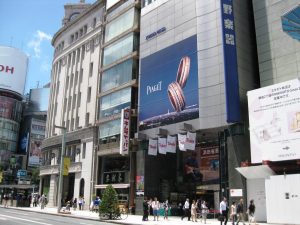 Most people have heard that eating seaweeds are healthy. And that’s it.
Most people have heard that eating seaweeds are healthy. And that’s it.
There are more and more companies that sells seaweed to consumers.
However, I am a little skeptical.
It does matter where the seaweed are picked. There are areas that are contaminated.
Therefore, I continue to eat seaweed Nori for sushi.
Seaweed for sushi is grown as oats grow on a Danish soil. That’s why I know that the quality is okay.
In addition, sushi seaweed is the vegetable in the world that contains most minerals and vitamins.
At Sushi course for beginners I talk a lot more about seaweed.
_
Zoë has held sushi courses and cooking classes for A. P. Moller – Maersk, Hugo Boss Nordic, Novo Nordisk, Novartis, Velux, Gorrissen Federspiel, Beierholm revision, Elbek & Vejrup and many more.








